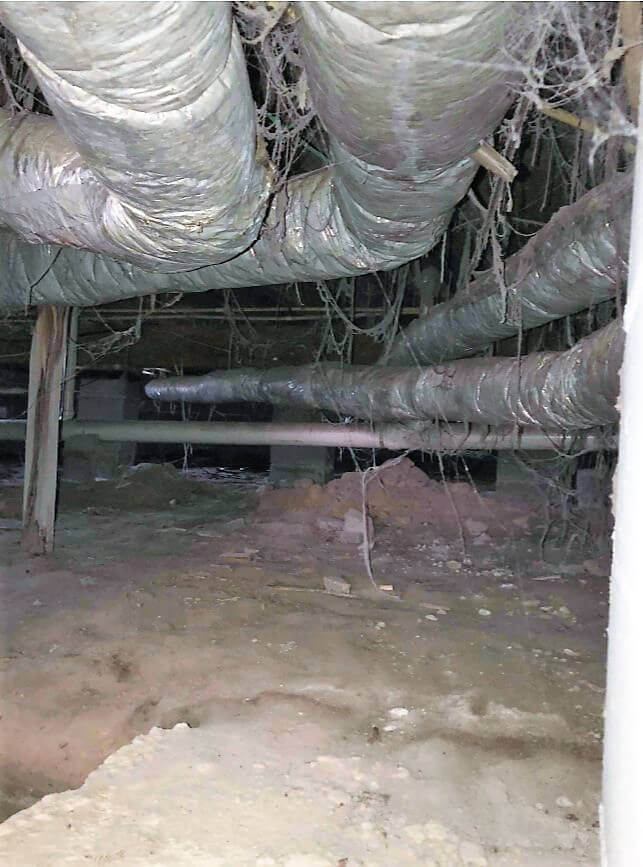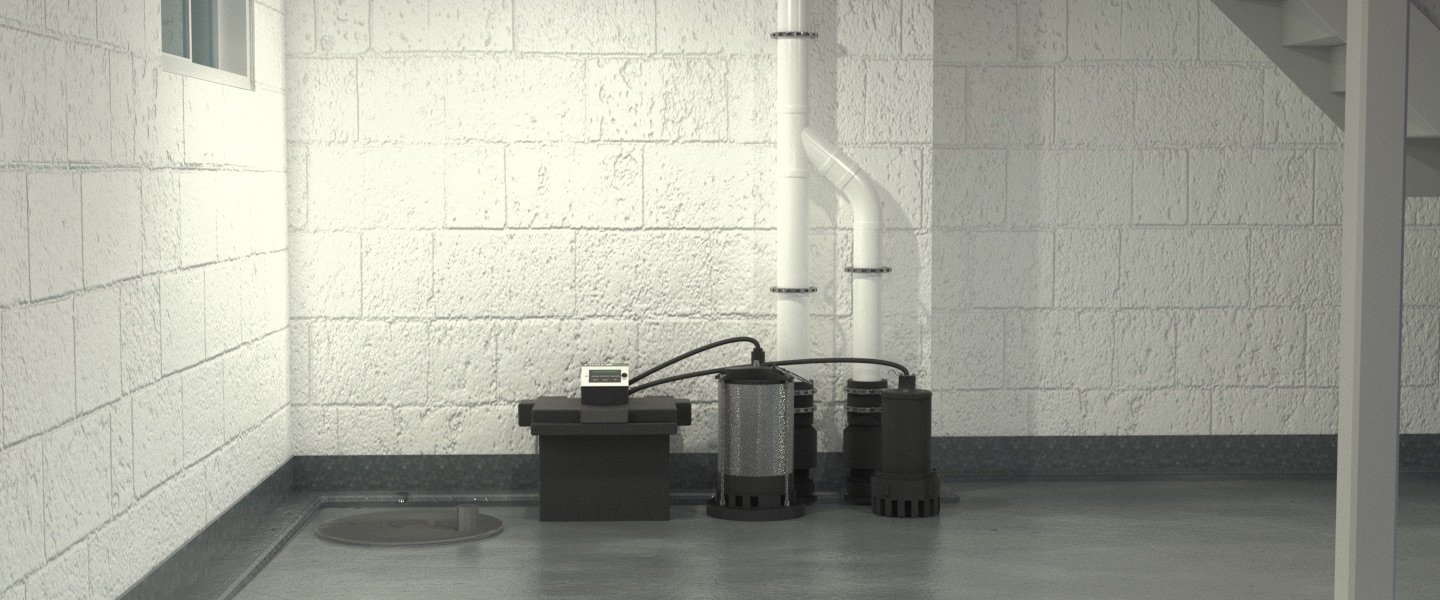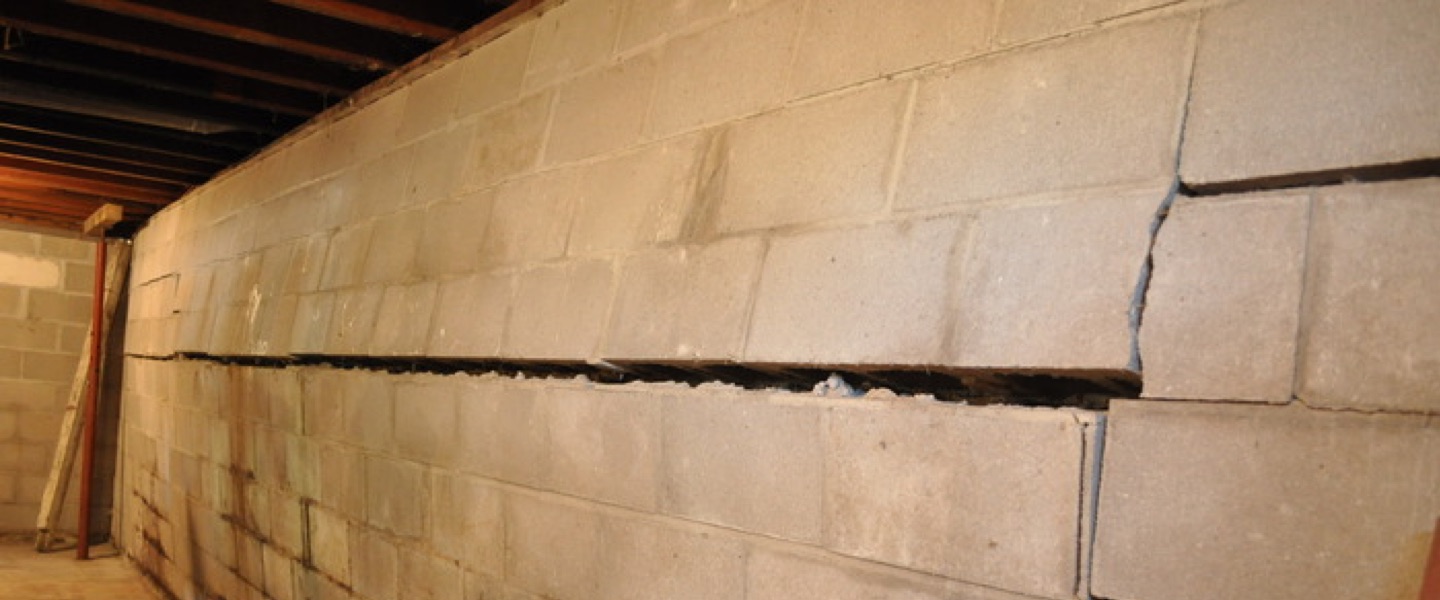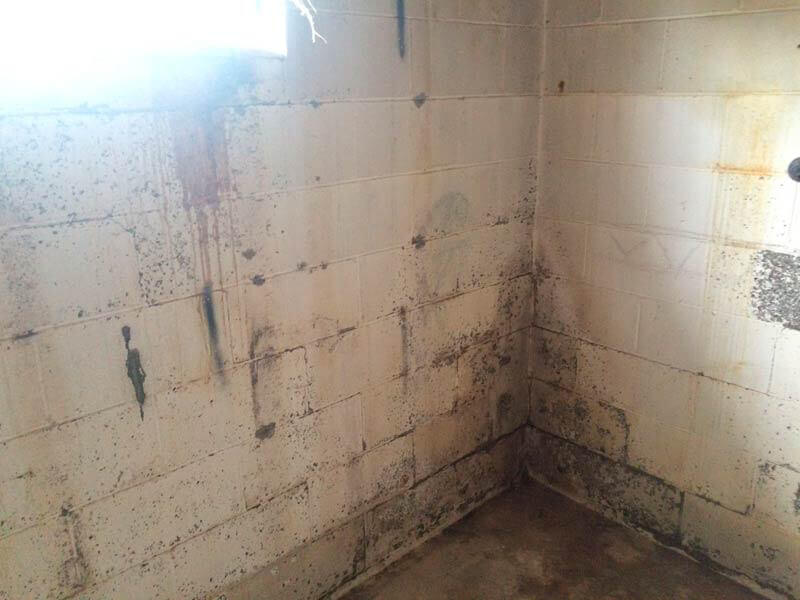When Homes & Gardens needed expert advice on temporary basement flooding prevention, they turned to SouthernDry for expert answers. As a leading authority in foundation repair and basement waterproofing, SouthernDry has built a reputation for delivering honest answers and effective solutions to homeowners facing moisture and structural challenges.
In the article by Homes & Gardens titled “Temporary Basement Flooding Prevention,” industry experts, including SouthernDry’s founder and owner, John Kabel, provided valuable insights on safeguarding basements from flooding.
The article emphasizes several temporary measures to protect basements during heavy rainfall:
- Employ Sandbags or Flood Barriers: Positioning sandbags around vulnerable entry points can divert water away from the basement.
- Seal Air Vents: Covering foundation wall vents with durable plastic sheeting prevents water ingress.
- Check and Clear Gutters and Downspouts: Ensuring these are free from debris helps direct water away from the home’s foundation.
- Install Window Well Covers: These prevent rainwater from collecting in window wells, reducing the risk of water seeping into the basement.
- Seal Gaps: Inspecting and sealing cracks or leaks in walls, floors, or windows can prevent water entry.
John Kabel specifically advises on sealing gaps, stating, “Joints between floors, walls, and windows can also leak. Check all of these locations regularly for signs of basement leaks and make sure that you plug them fully with water-resistant caulking, joint, or sealing materials.”

Why Waterproof a Leaky Basement?
Waterproofing a basement is crucial for several reasons, as it helps protect your home’s foundation, prevents costly damage, and maintains a safe living environment. Here’s why basement waterproofing should be a priority:
1. Prevents Structural Damage
Basement water intrusion can weaken your home’s foundation over time. Water seeps into cracks, expands during freezing temperatures, and gradually deteriorates concrete, leading to severe structural issues.
2. Reduces Mold and Mildew Growth
Moisture creates an ideal environment for mold and mildew, which can spread quickly and compromise indoor air quality. Mold exposure can cause allergies, respiratory issues, and an overall unhealthy living space.
3. Protects Your Home and Belongings
A damp or flooded basement can destroy valuable items such as furniture, electronics, and important documents. Waterproofing helps prevent unexpected damage and costly replacements.
4. Increases Home Value
A dry, well-maintained basement adds value to your home. Buyers are more likely to invest in a property with a waterproofed basement, knowing they won’t have to deal with future moisture issues.
5. Improves Indoor Air Quality
Excess moisture in the basement can lead to musty odors and increased humidity levels throughout your home. Waterproofing reduces the risk of airborne contaminants, leading to cleaner, healthier air.
6. Prevents Costly Repairs
Ignoring water intrusion can lead to costly foundation repairs, floor replacements, and even structural reinforcement. Preventative waterproofing is far more affordable than dealing with the consequences of water damage.
7. Enhances Usable Space
A waterproofed basement can be converted into a livable space, whether it’s a storage area, home gym, or finished basement. Keeping it dry allows homeowners to maximize their space without worry.
At SouthernDry, we specialize in expert basement waterproofing solutions that protect your home from leaks, moisture, and long-term foundation damage. Whether you’re experiencing minor dampness or full-scale flooding, our team provides honest, effective solutions to keep your basement safe and dry.



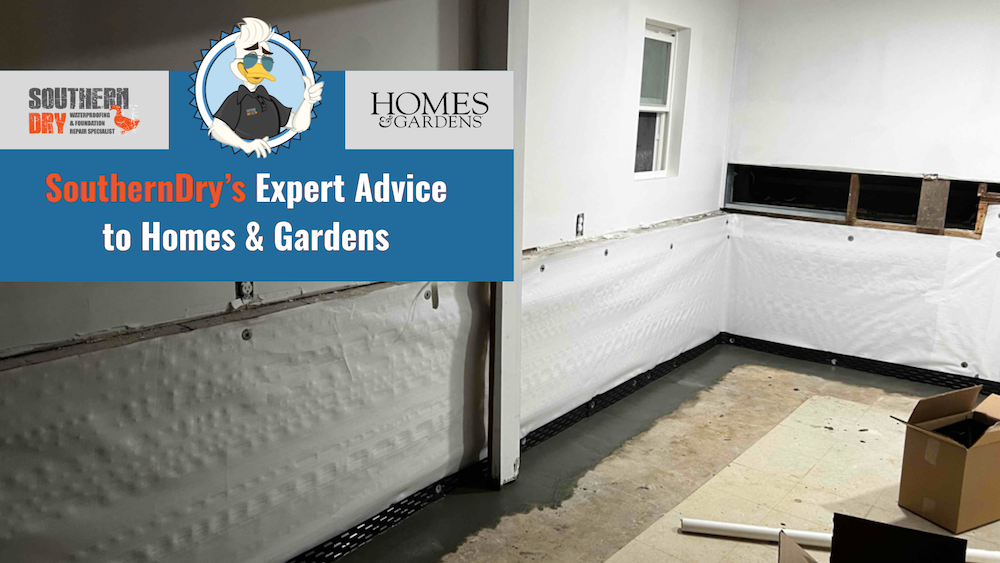

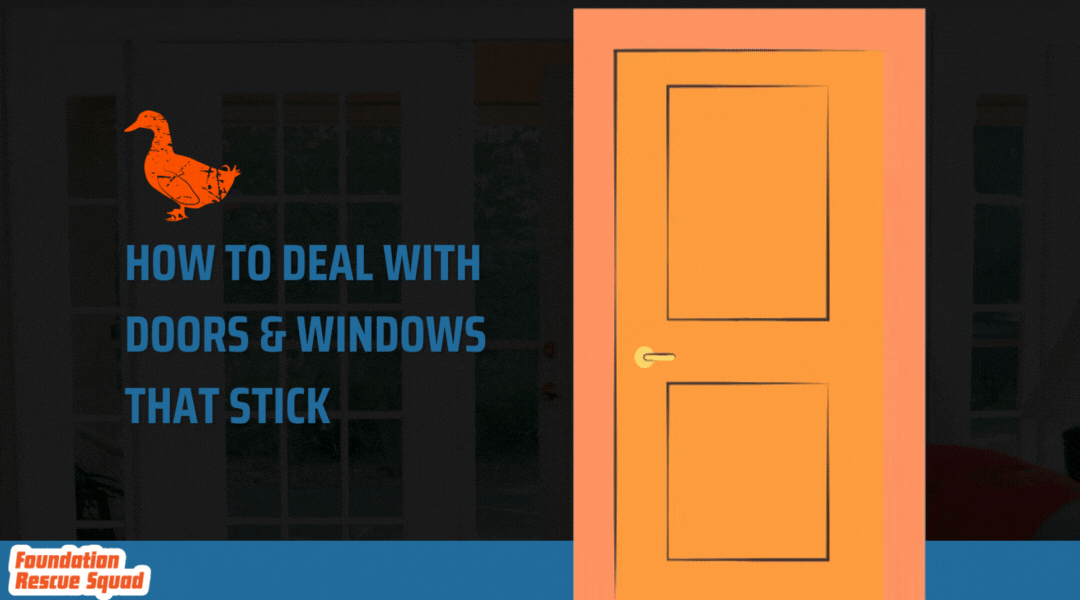

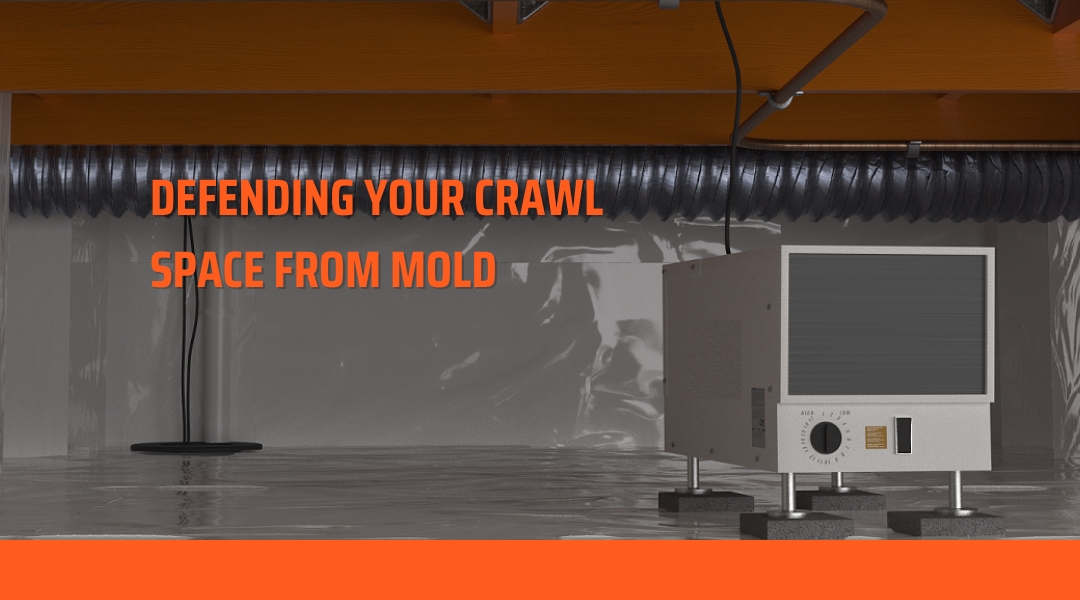


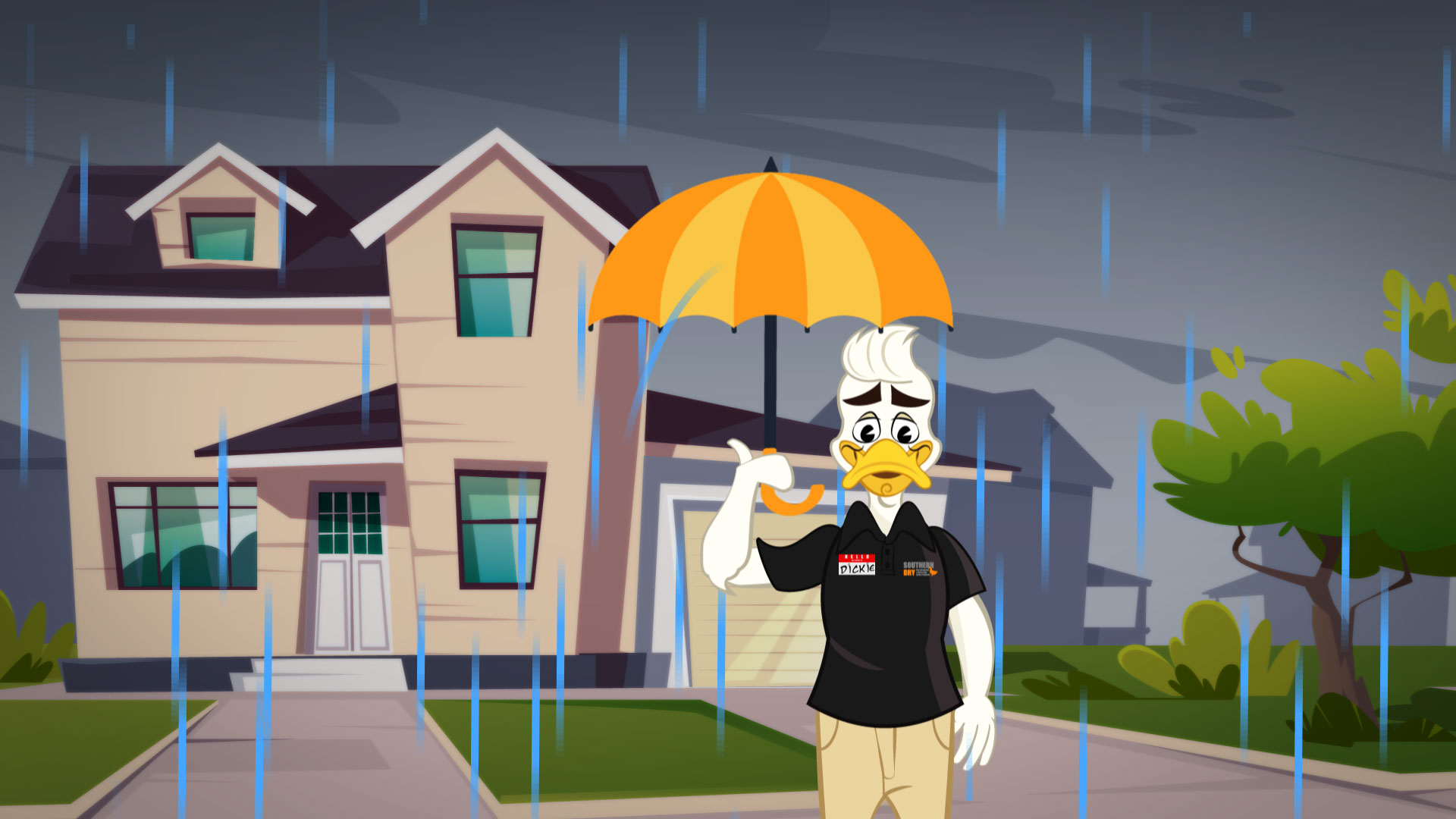
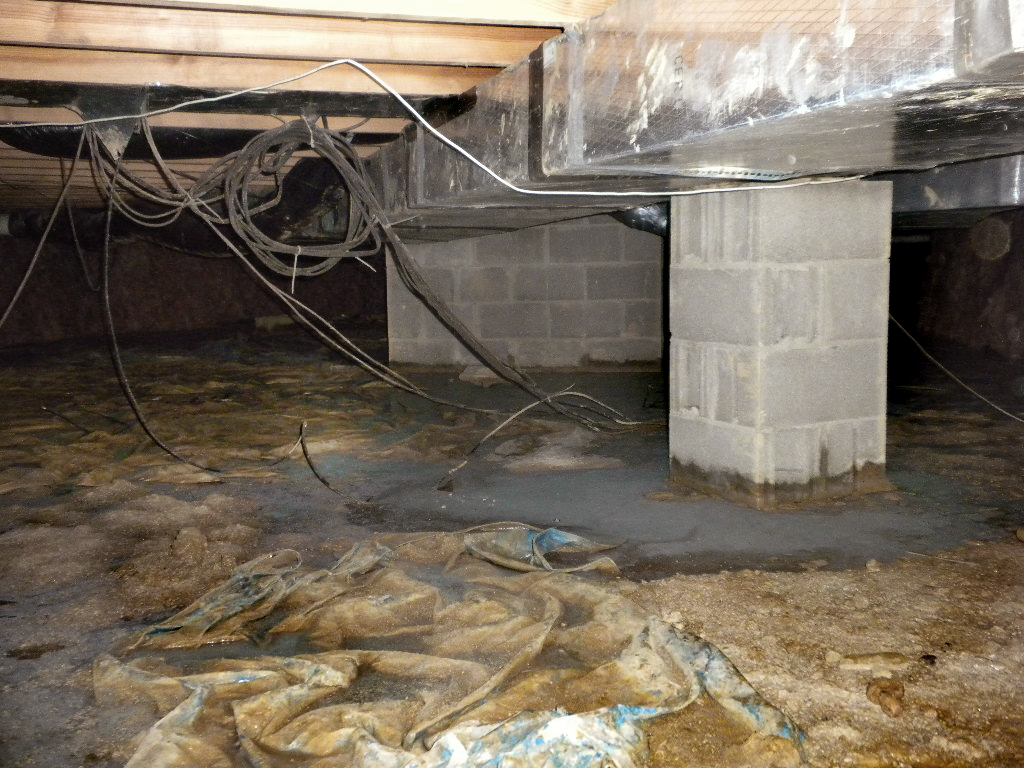



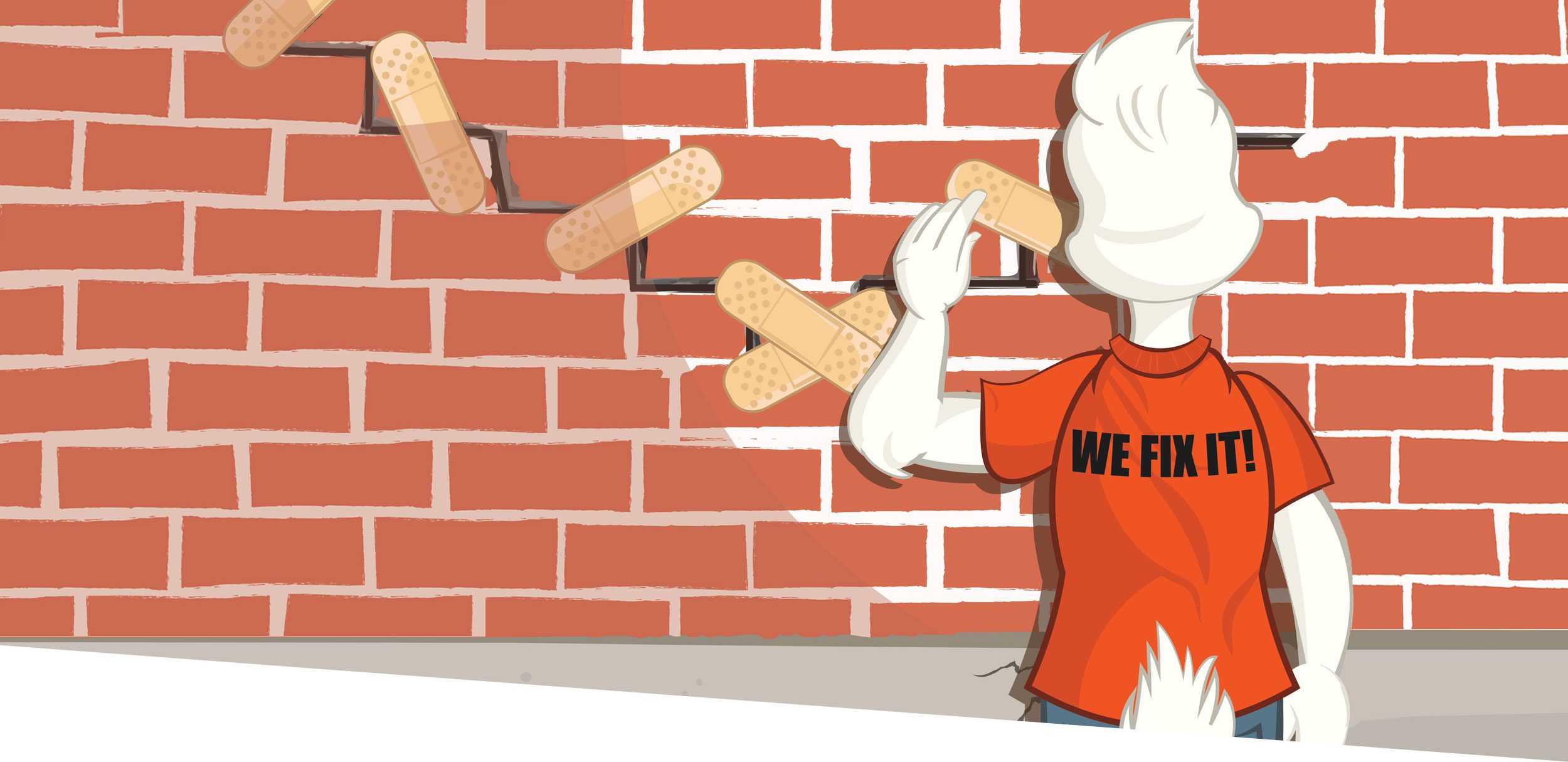
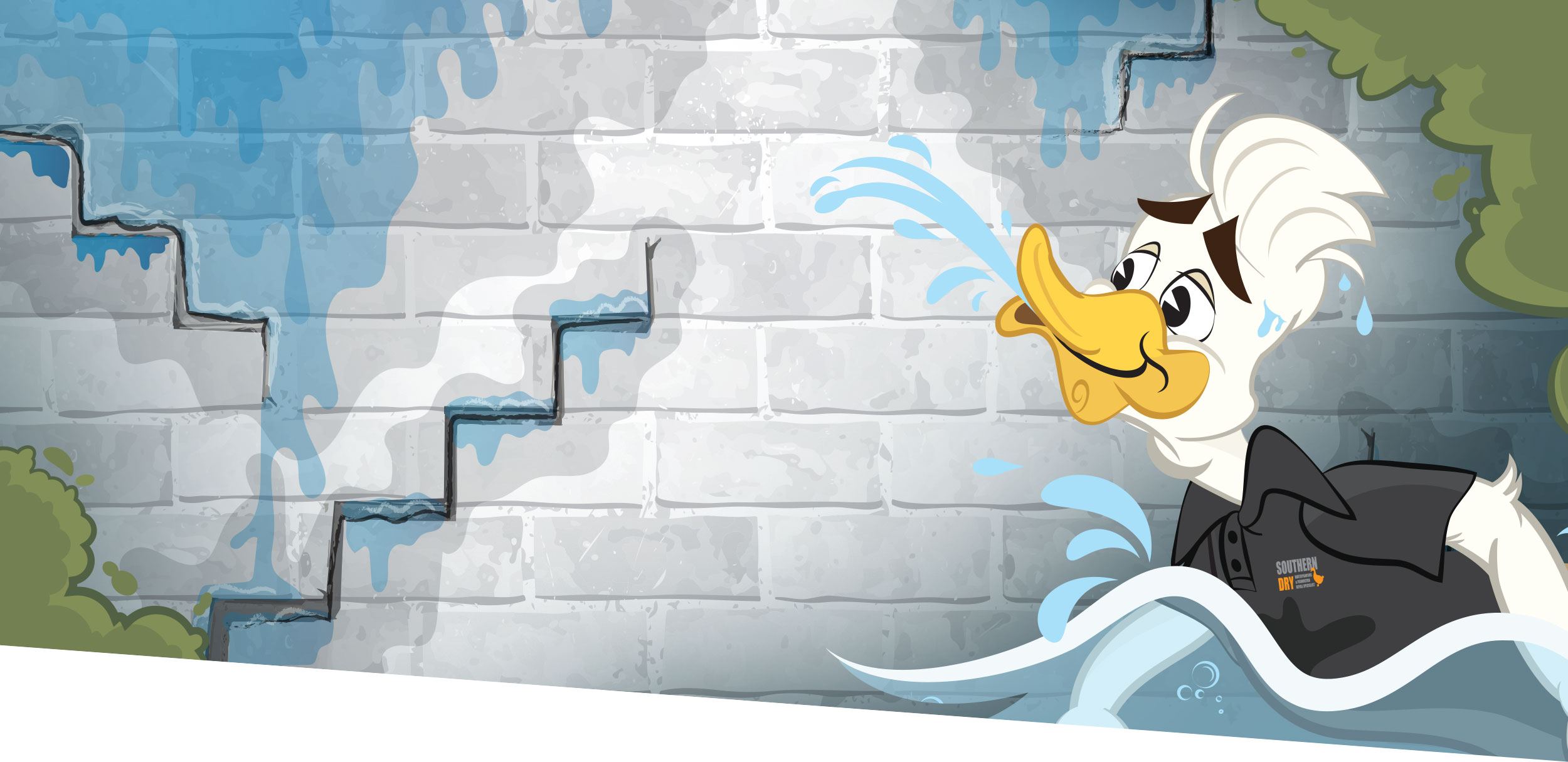

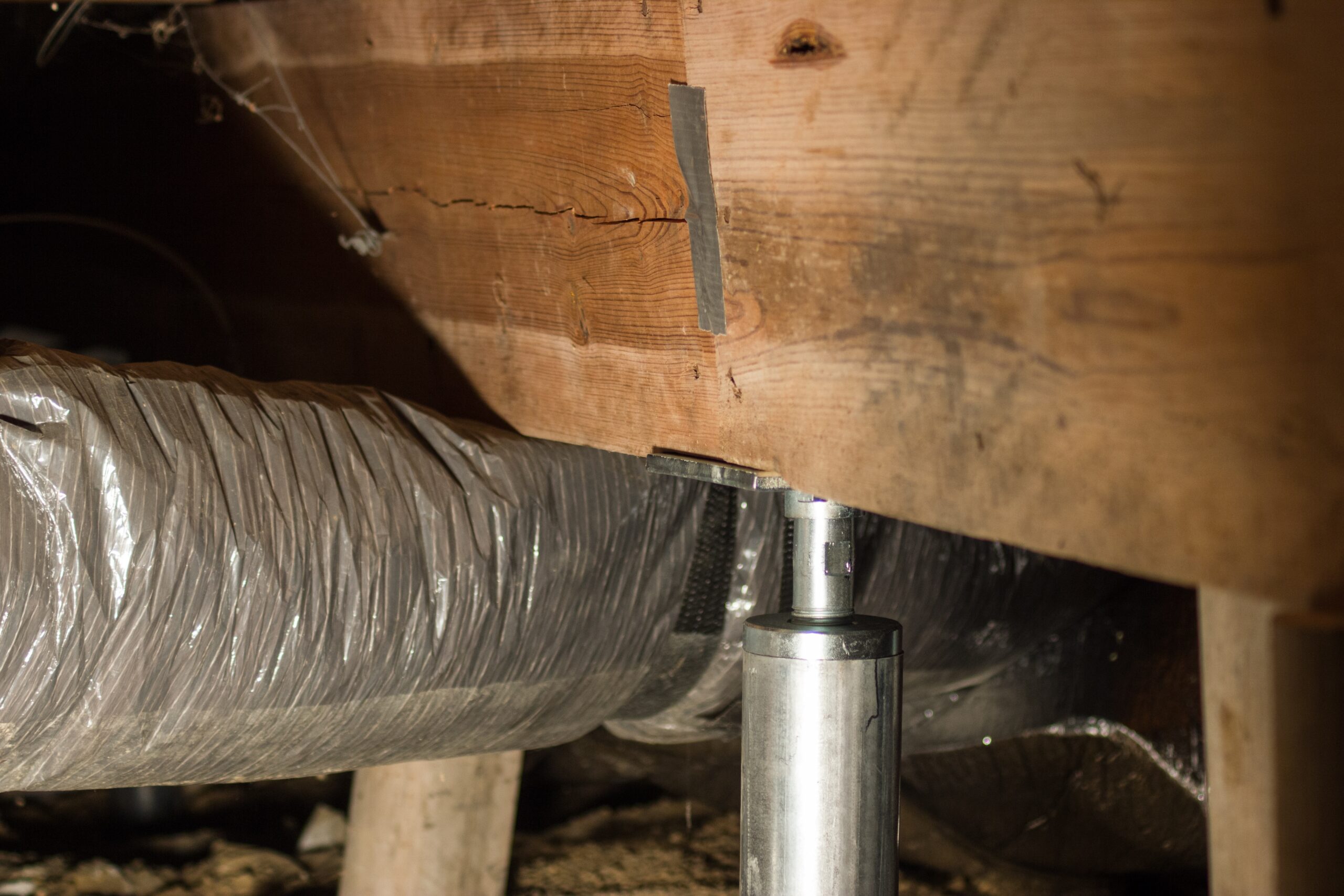
 The method we use at SouthernDry quickly and cost-effectively restores the strength and alignment of your floor.
The method we use at SouthernDry quickly and cost-effectively restores the strength and alignment of your floor.
 Your home is one of your biggest and most important lifetime investments, so if you’re worried that foundation repair bills might be in your future, it’s important to arm yourself with the right information from a trusted source. Industry authorities estimate that a worst-case scenario foundation restoration for an average sized home needing hydraulic piers installed along the perimeter can cost as much as $35,000. On the other hand, repairs for small cracks or superficial settling may only run you a few hundred dollars.
Your home is one of your biggest and most important lifetime investments, so if you’re worried that foundation repair bills might be in your future, it’s important to arm yourself with the right information from a trusted source. Industry authorities estimate that a worst-case scenario foundation restoration for an average sized home needing hydraulic piers installed along the perimeter can cost as much as $35,000. On the other hand, repairs for small cracks or superficial settling may only run you a few hundred dollars.
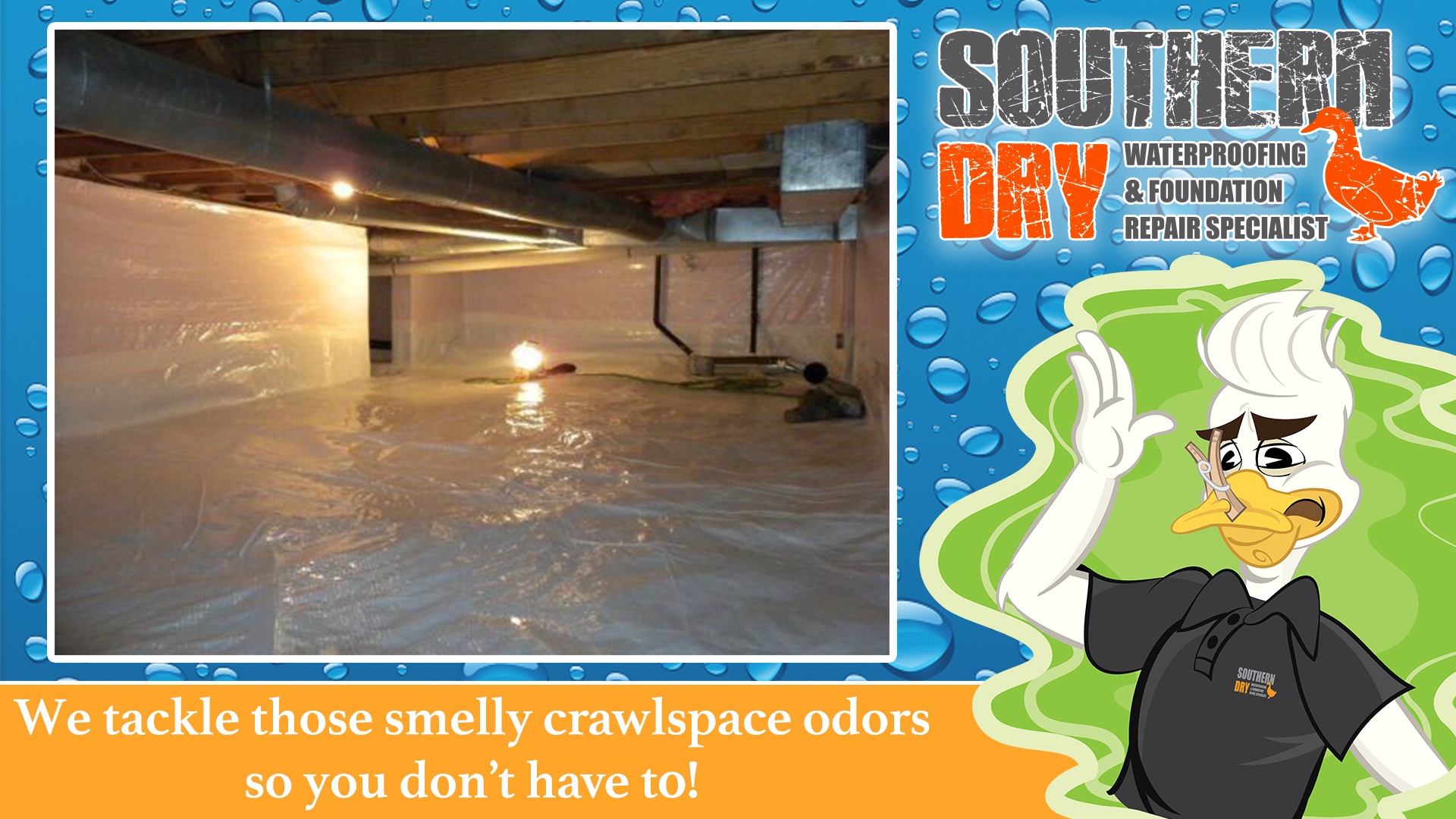

 So what can you do if your crawl space smells bad, or worse, when crawl space odors are coming up into the living areas of your home?
So what can you do if your crawl space smells bad, or worse, when crawl space odors are coming up into the living areas of your home?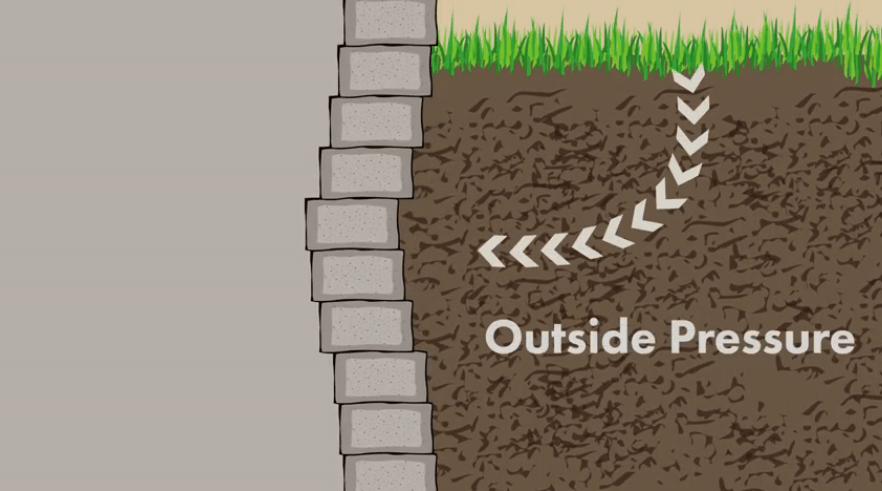
 If you see bowed walls in your basement, or if you suspect that any of these other warning signs might be present, you should have a trained technician help you assess the situation. SouthernDry has qualified and experienced technicians who will take a look for
If you see bowed walls in your basement, or if you suspect that any of these other warning signs might be present, you should have a trained technician help you assess the situation. SouthernDry has qualified and experienced technicians who will take a look for 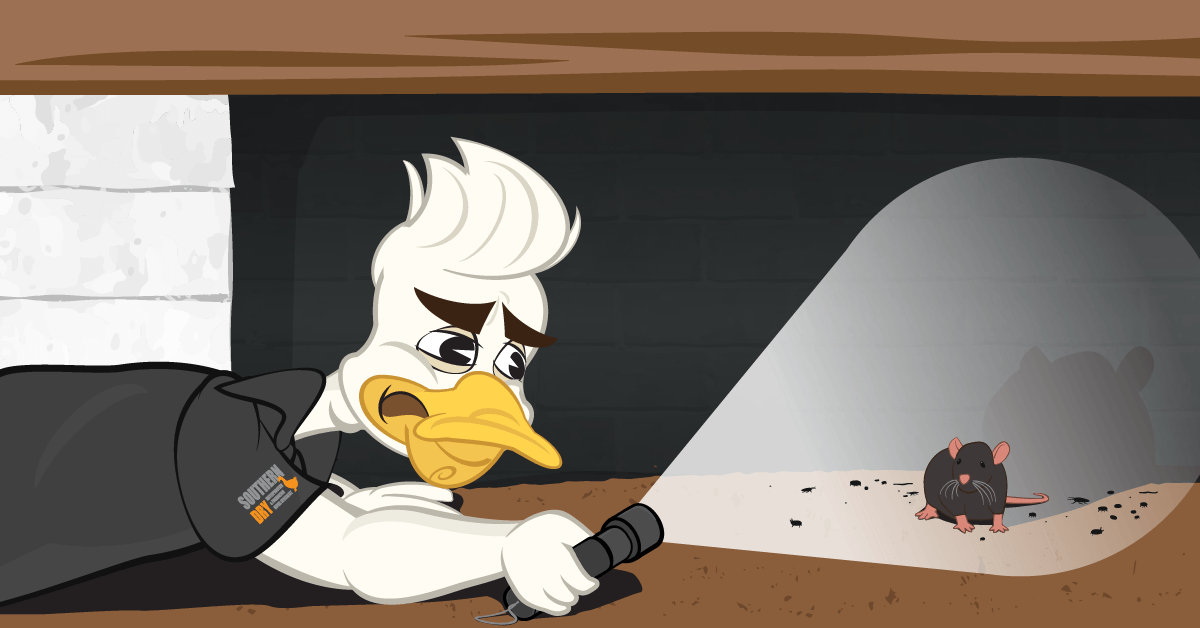
 Depending on the seasonal conditions around your home, most of them show up in search of food, water, warmth, or a combination of the three. Many have adapted in amazing ways to get through tiny — sometimes nearly invisible — separations in your foundation or ground floor building materials where you’d never imagine they could fit.
Depending on the seasonal conditions around your home, most of them show up in search of food, water, warmth, or a combination of the three. Many have adapted in amazing ways to get through tiny — sometimes nearly invisible — separations in your foundation or ground floor building materials where you’d never imagine they could fit. First, know that many of these creatures have been around for thousands if not millions of years and they’re part of the world’s natural order. You can have a perfectly maintained and ordered home and yard, and some of them are going to show up no matter what — that’s what they do. That said, there are some conditions you can watch out for to help minimize your exposure.
First, know that many of these creatures have been around for thousands if not millions of years and they’re part of the world’s natural order. You can have a perfectly maintained and ordered home and yard, and some of them are going to show up no matter what — that’s what they do. That said, there are some conditions you can watch out for to help minimize your exposure.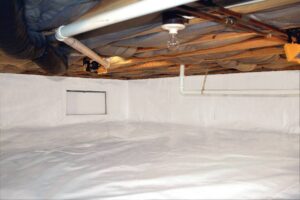 One of the most effective ways to eliminate unwanted moisture is a process known as
One of the most effective ways to eliminate unwanted moisture is a process known as 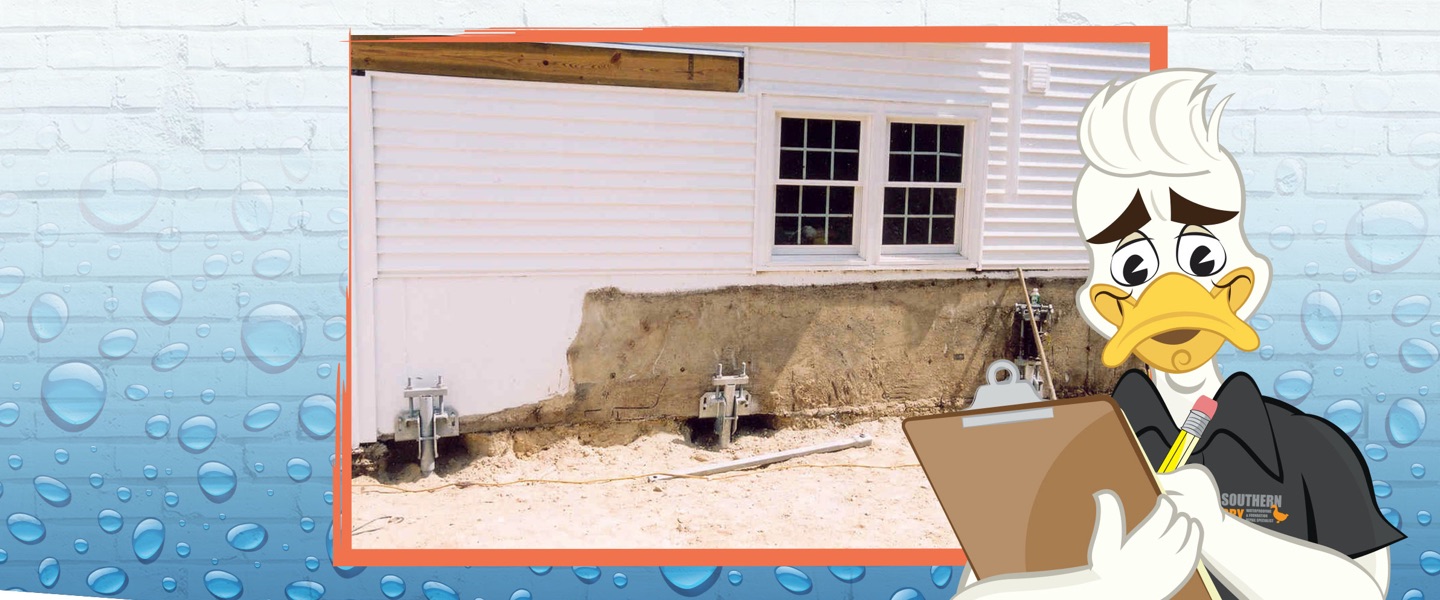
 The word “helix” has different meanings depending on whether you’re talking about science or construction. For our purposes, it’s just a fancy name for a spiral shape that’s formed around a central core. Helical piers are earth anchoring devices made for deep foundation support. To qualify as a true helical pier, it’s got to have three defining parts:
The word “helix” has different meanings depending on whether you’re talking about science or construction. For our purposes, it’s just a fancy name for a spiral shape that’s formed around a central core. Helical piers are earth anchoring devices made for deep foundation support. To qualify as a true helical pier, it’s got to have three defining parts:
 One of the biggest advantages of helical piers, especially for Birmingham area property owners, is that they create almost no visible soil disturbance. When you use the kind of industrial auger you need to install a concrete pier, the auger blades mix and loosen the surrounding soil, creating more instability around your foundation. In contrast, the helical bearing plates are designed to glide into place and transfer structural loads to deeper, more stable soil layers.
One of the biggest advantages of helical piers, especially for Birmingham area property owners, is that they create almost no visible soil disturbance. When you use the kind of industrial auger you need to install a concrete pier, the auger blades mix and loosen the surrounding soil, creating more instability around your foundation. In contrast, the helical bearing plates are designed to glide into place and transfer structural loads to deeper, more stable soil layers.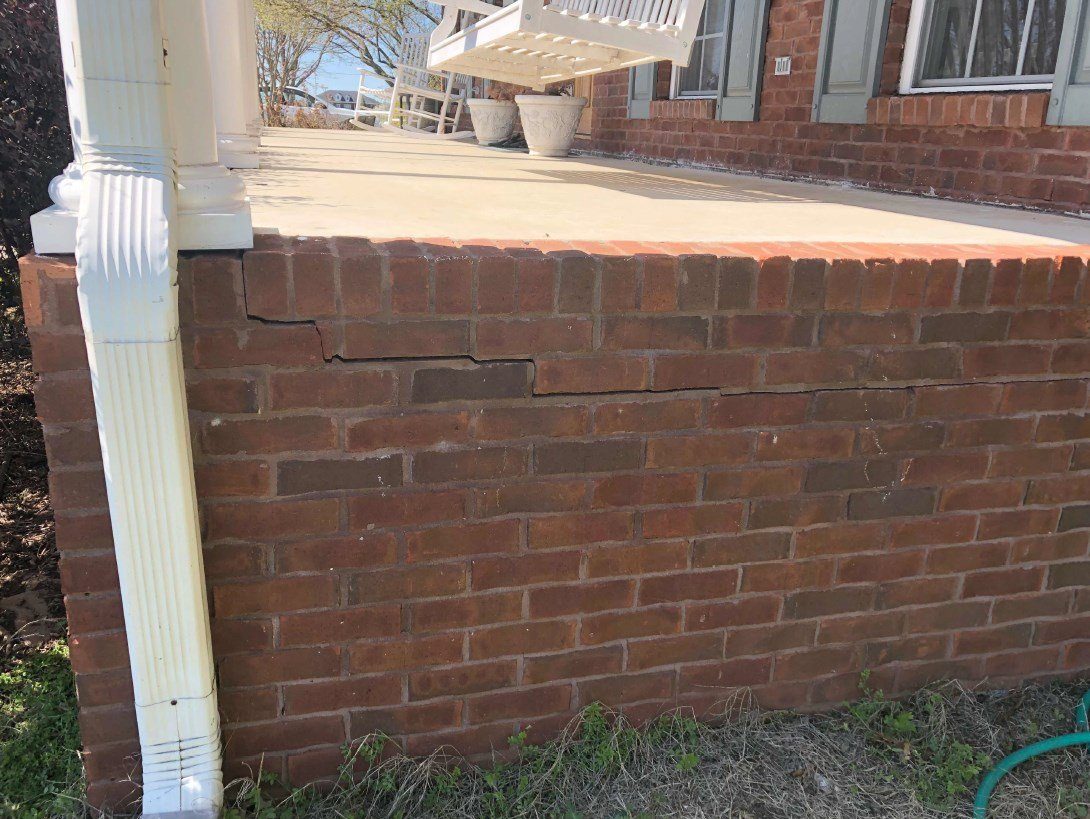
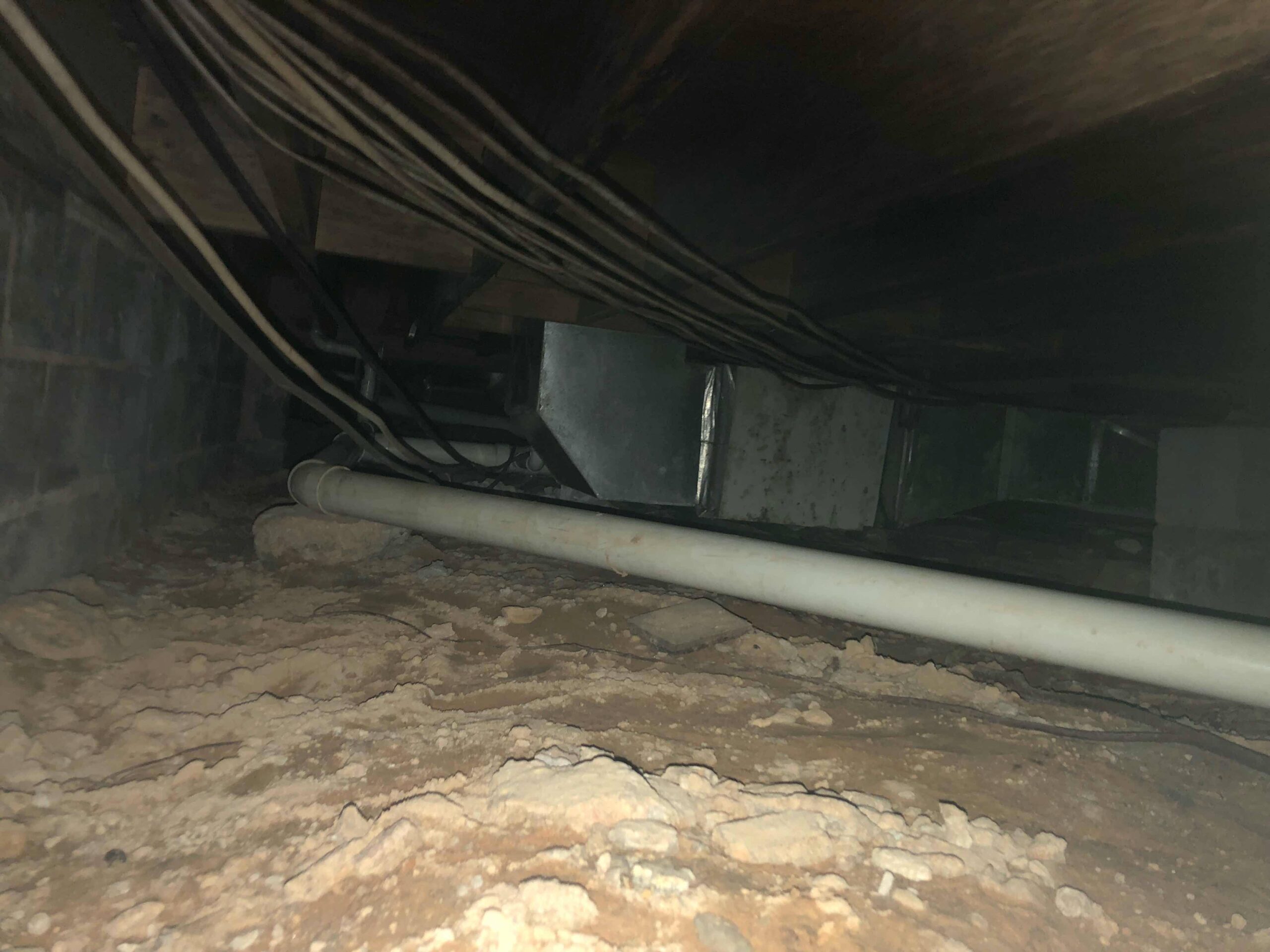
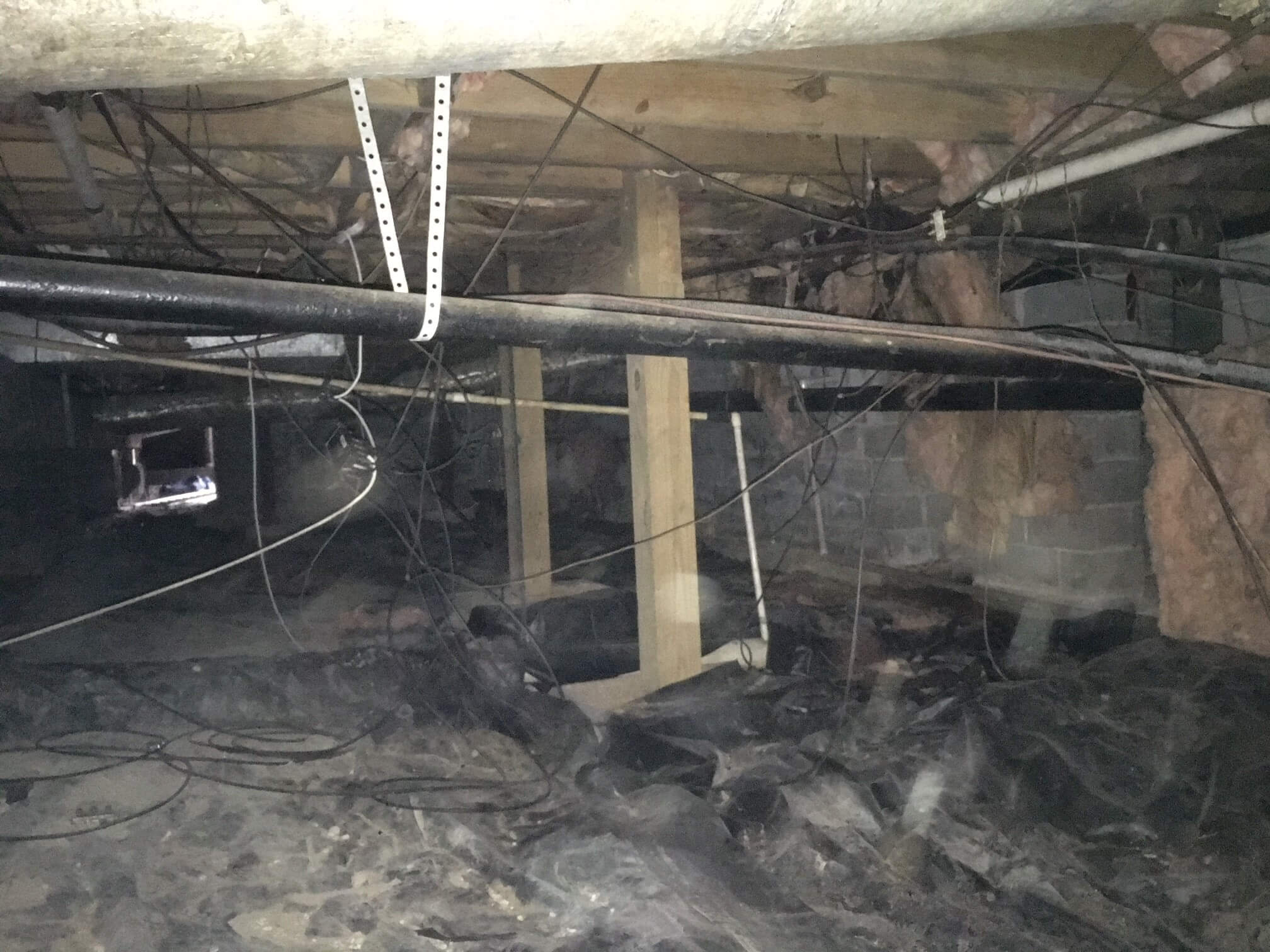
 A homeowner, in Birmingham Alabama, called SouthernDry because of high humidity in her crawlspace. She was concerned about escalating costs of heating and cooling her home. She was also concerned about the long term effects that humidity and moisture can have on a
A homeowner, in Birmingham Alabama, called SouthernDry because of high humidity in her crawlspace. She was concerned about escalating costs of heating and cooling her home. She was also concerned about the long term effects that humidity and moisture can have on a  After a thorough inspection by a
After a thorough inspection by a 